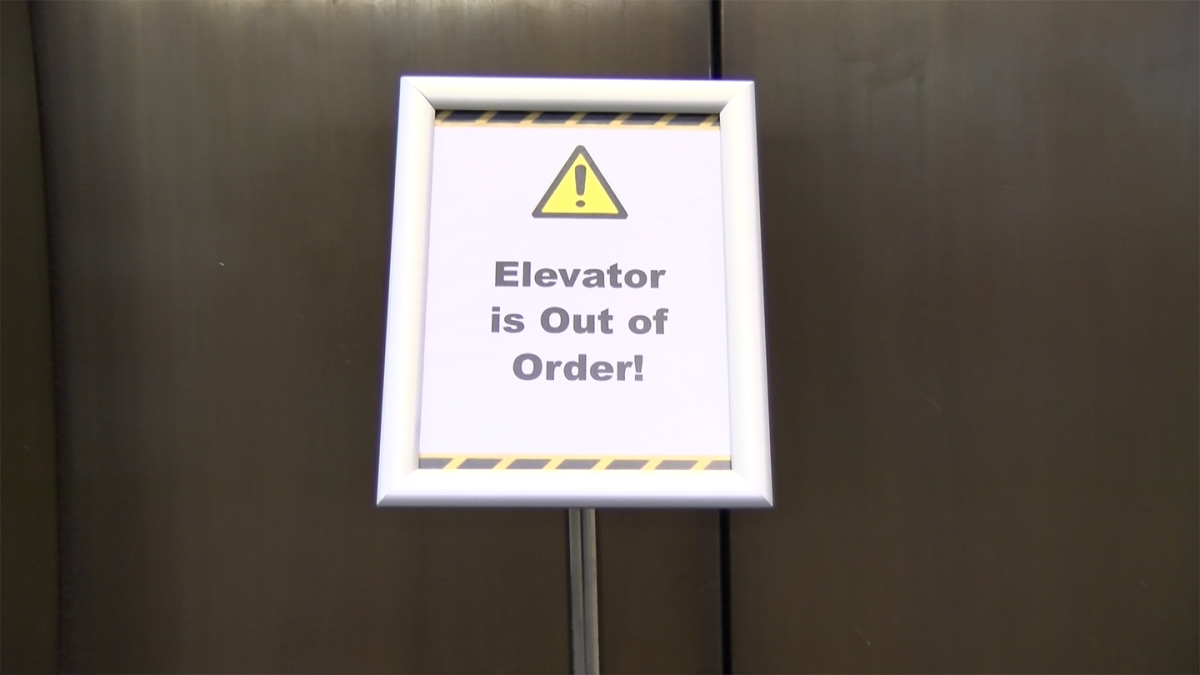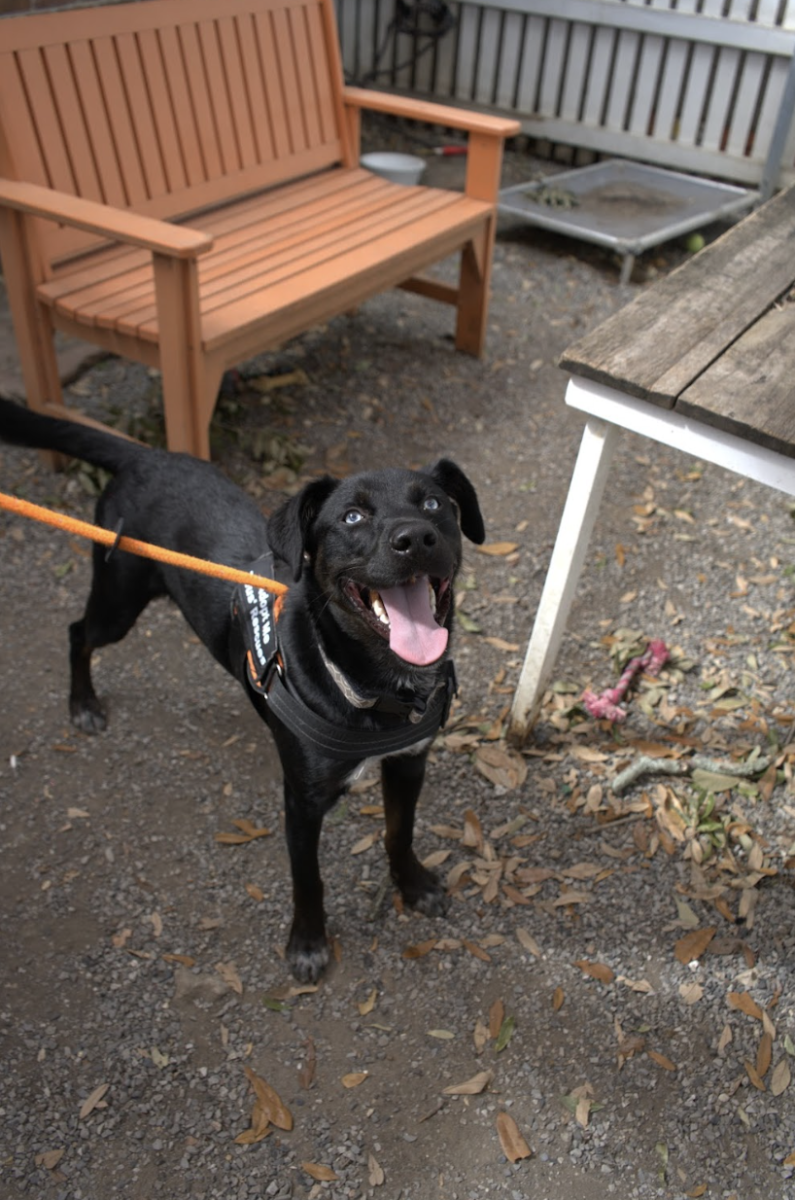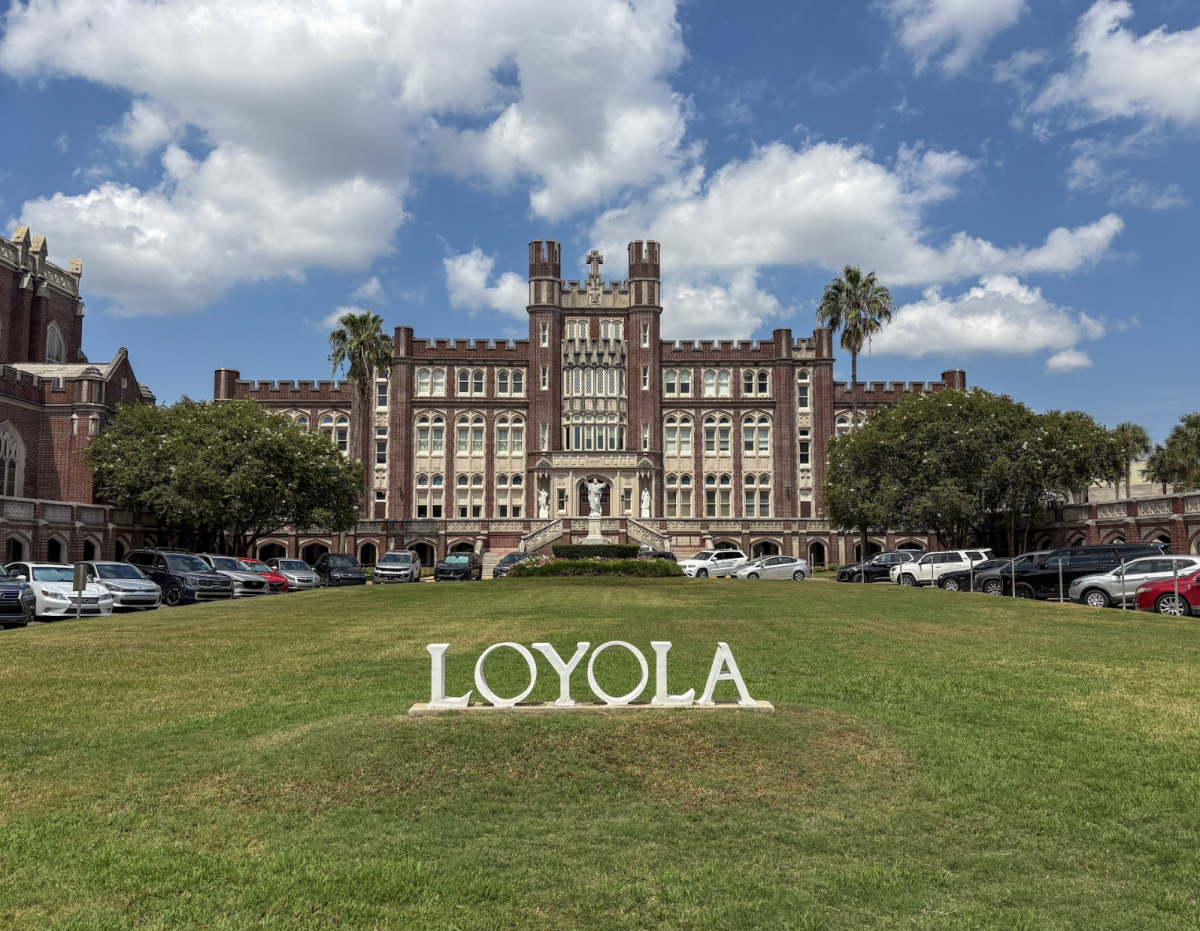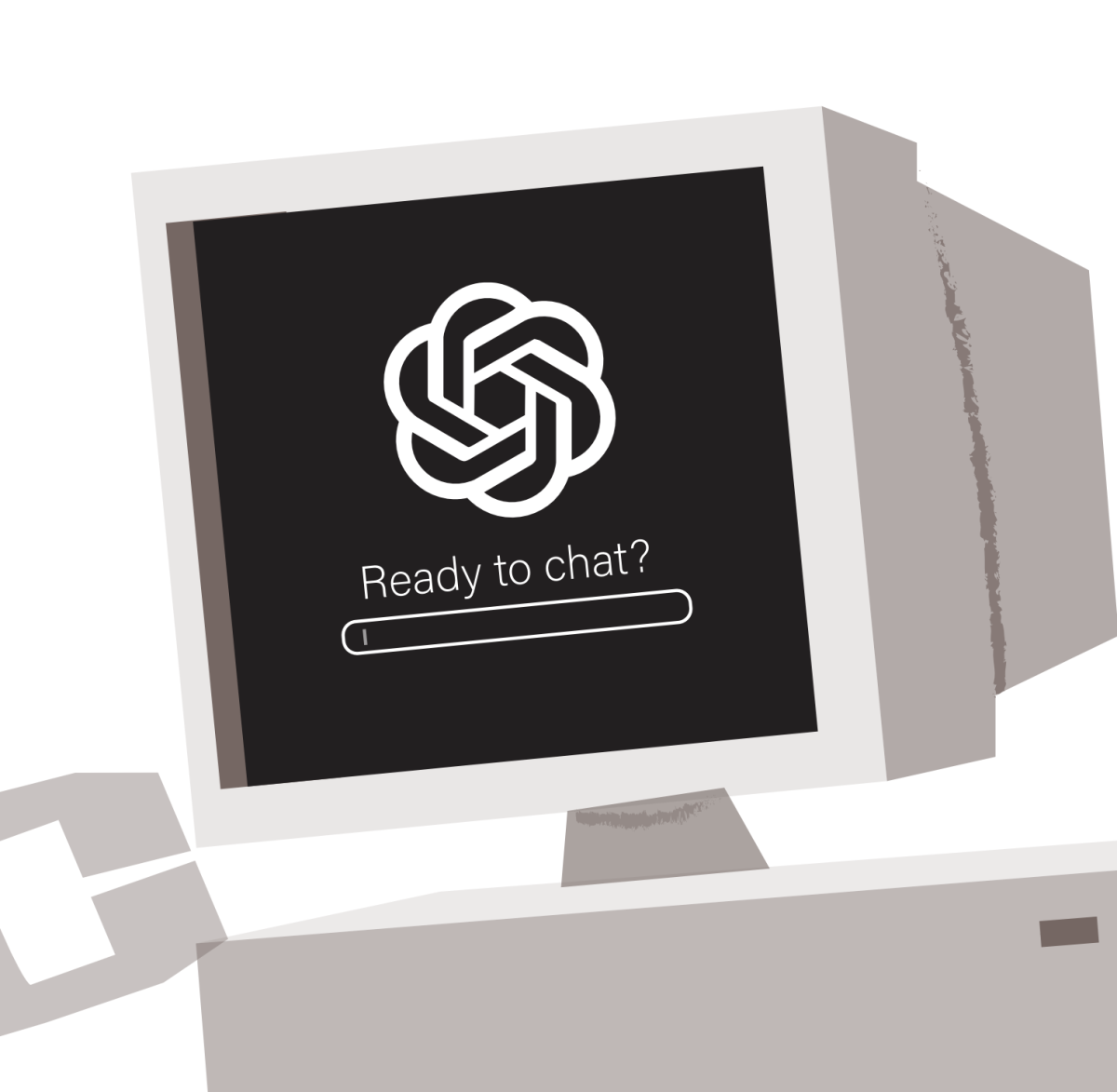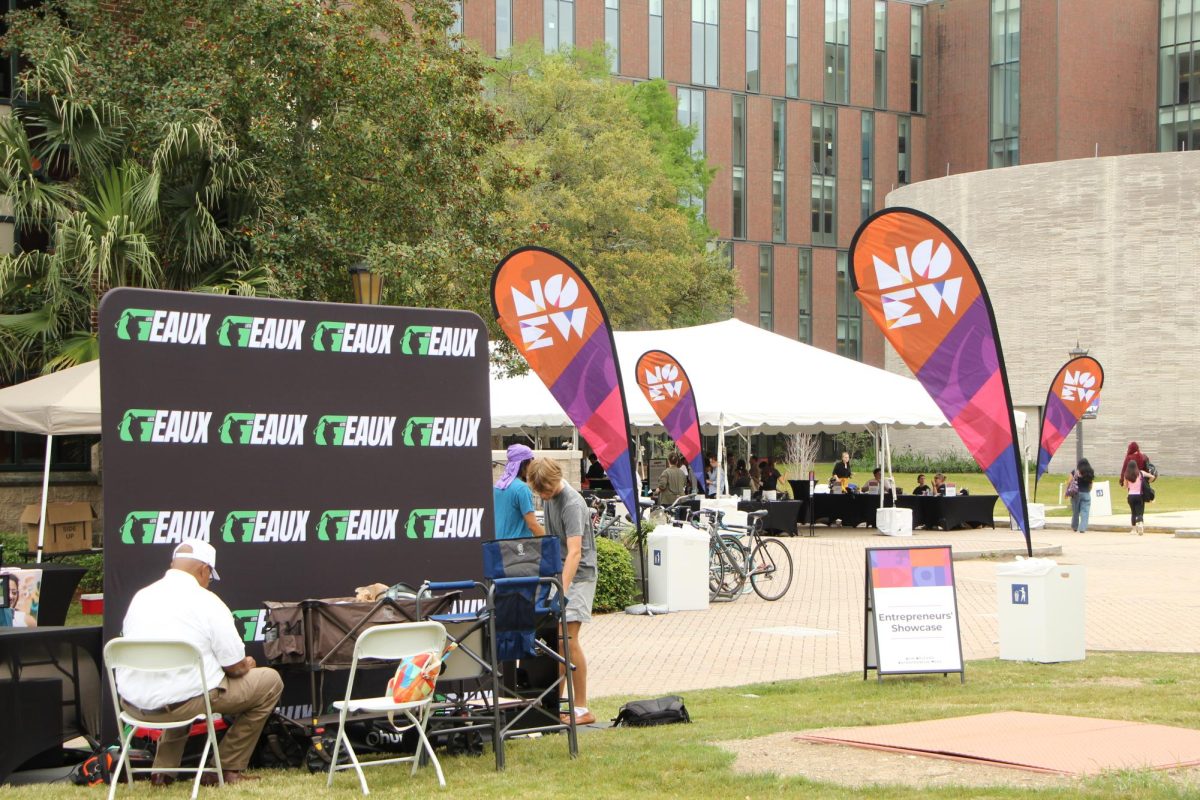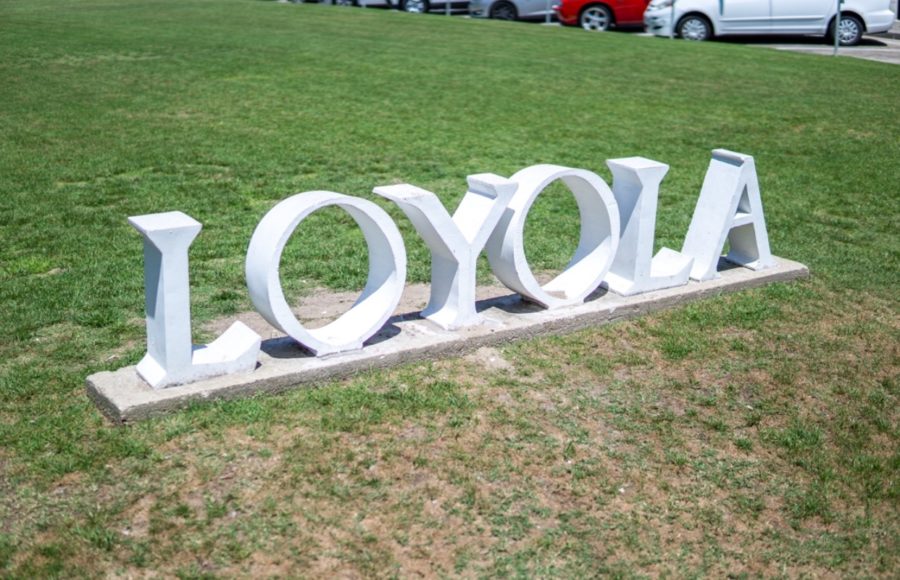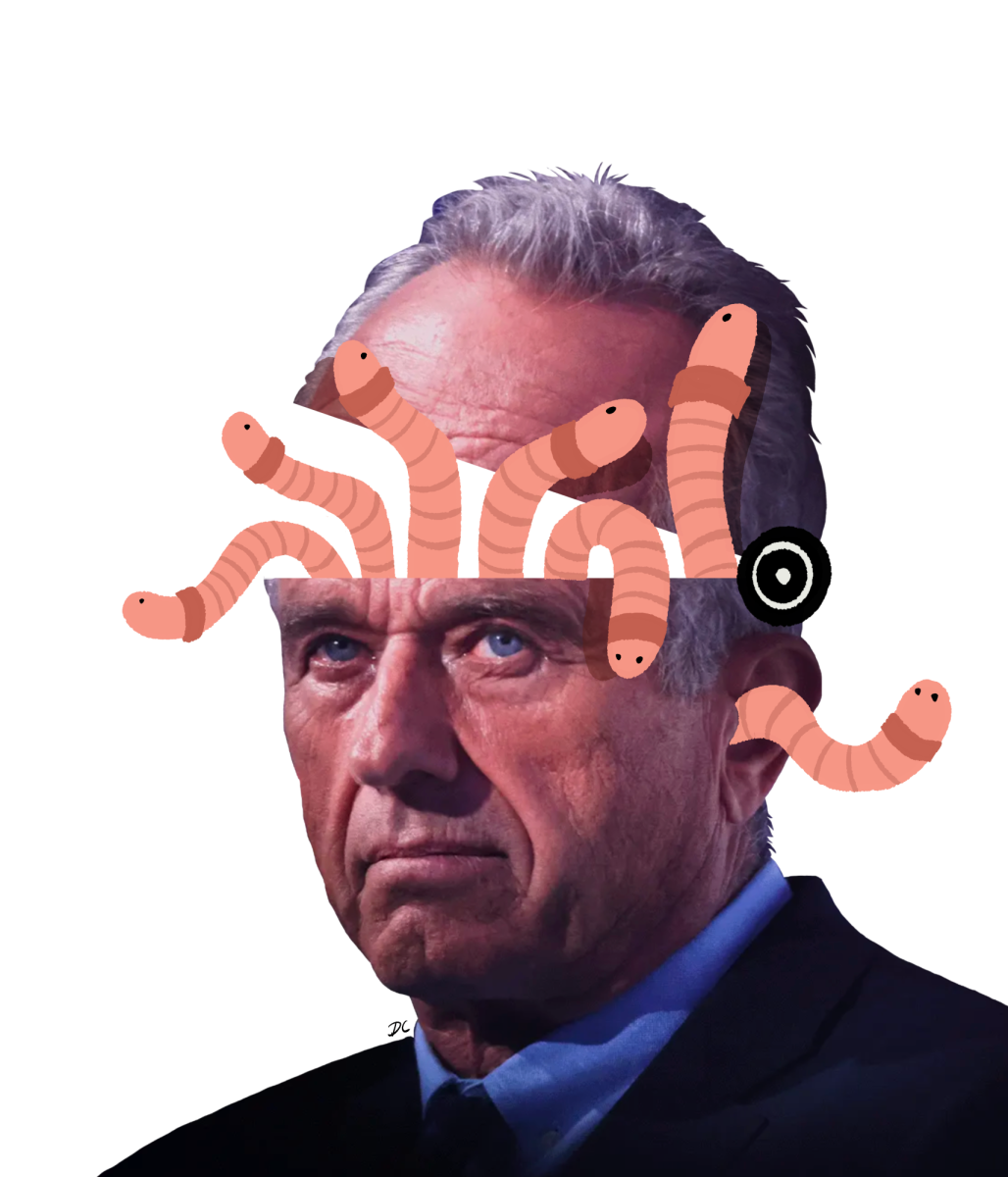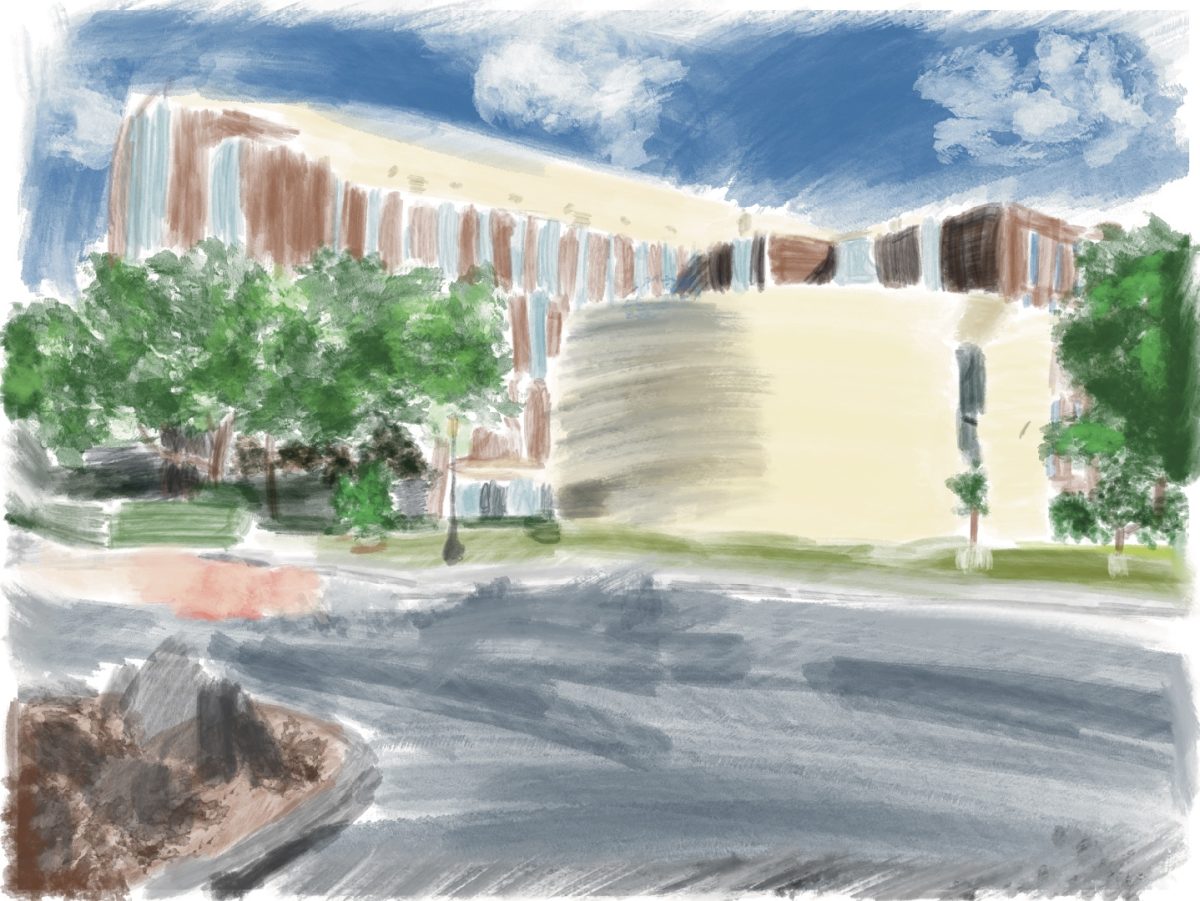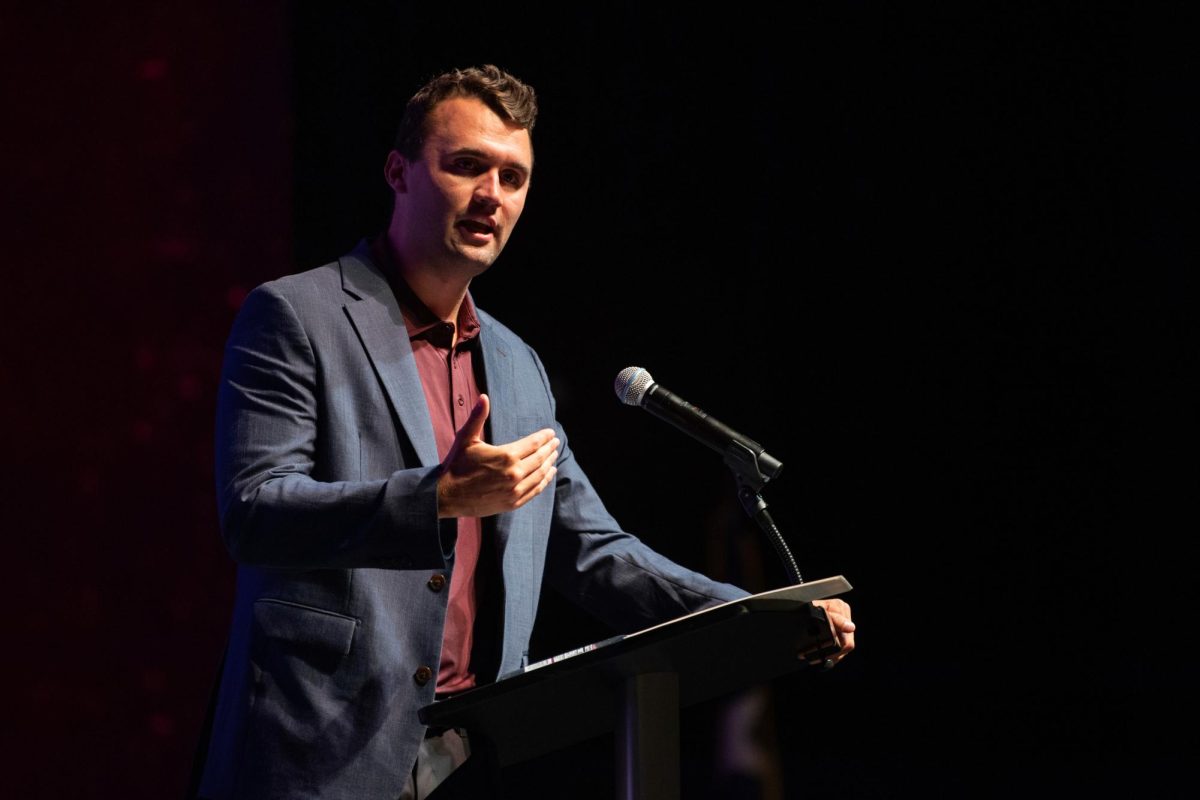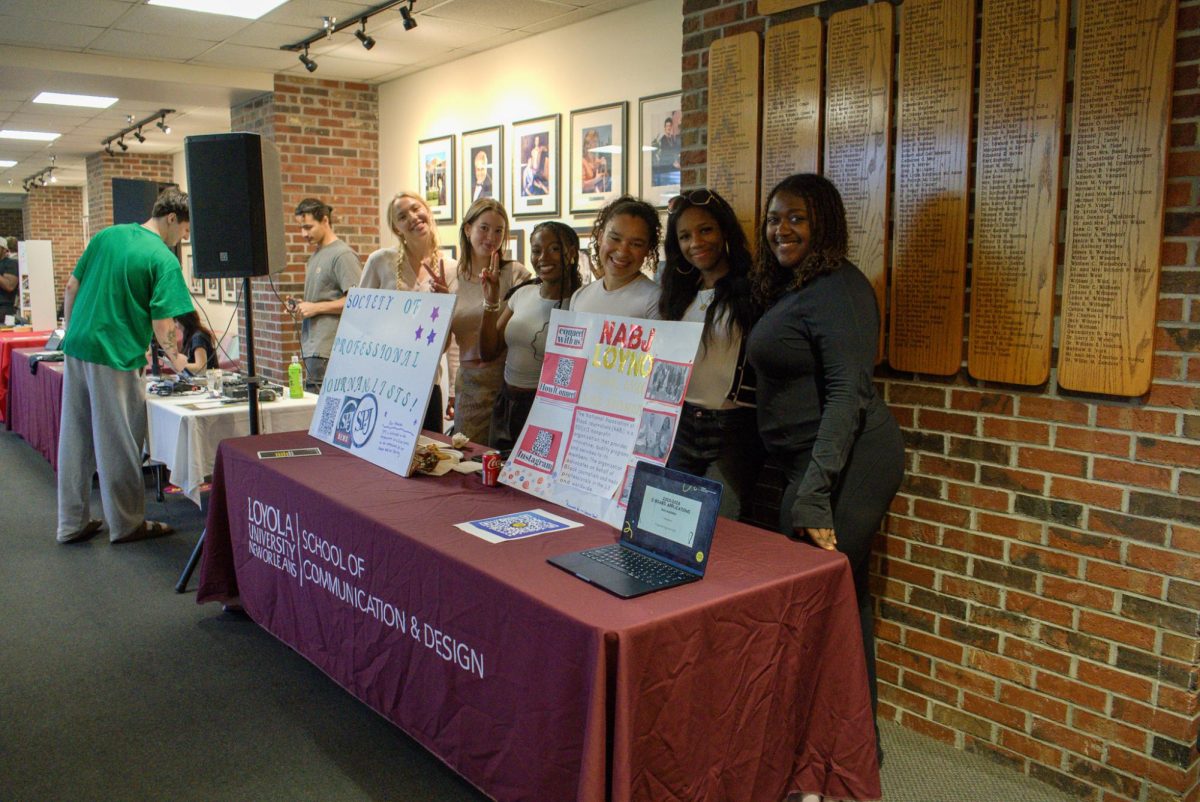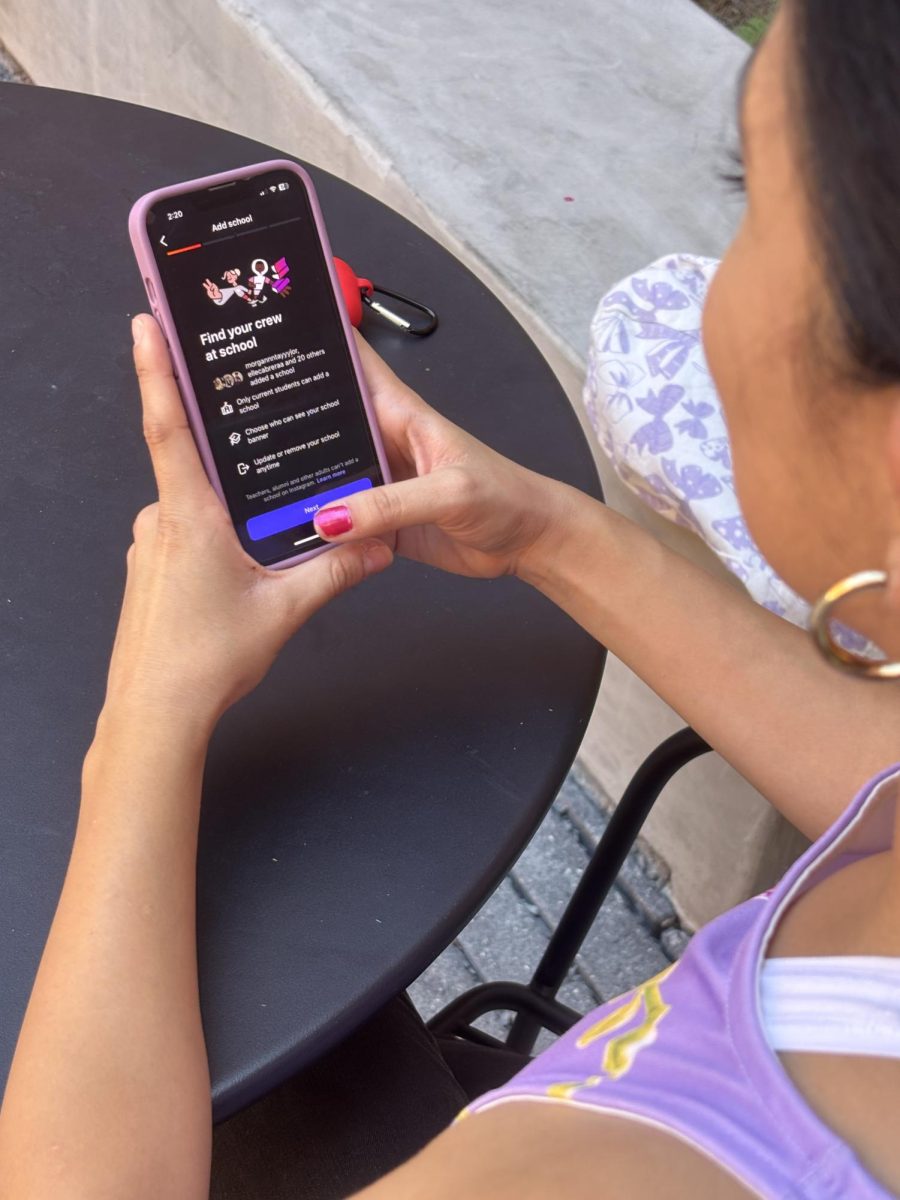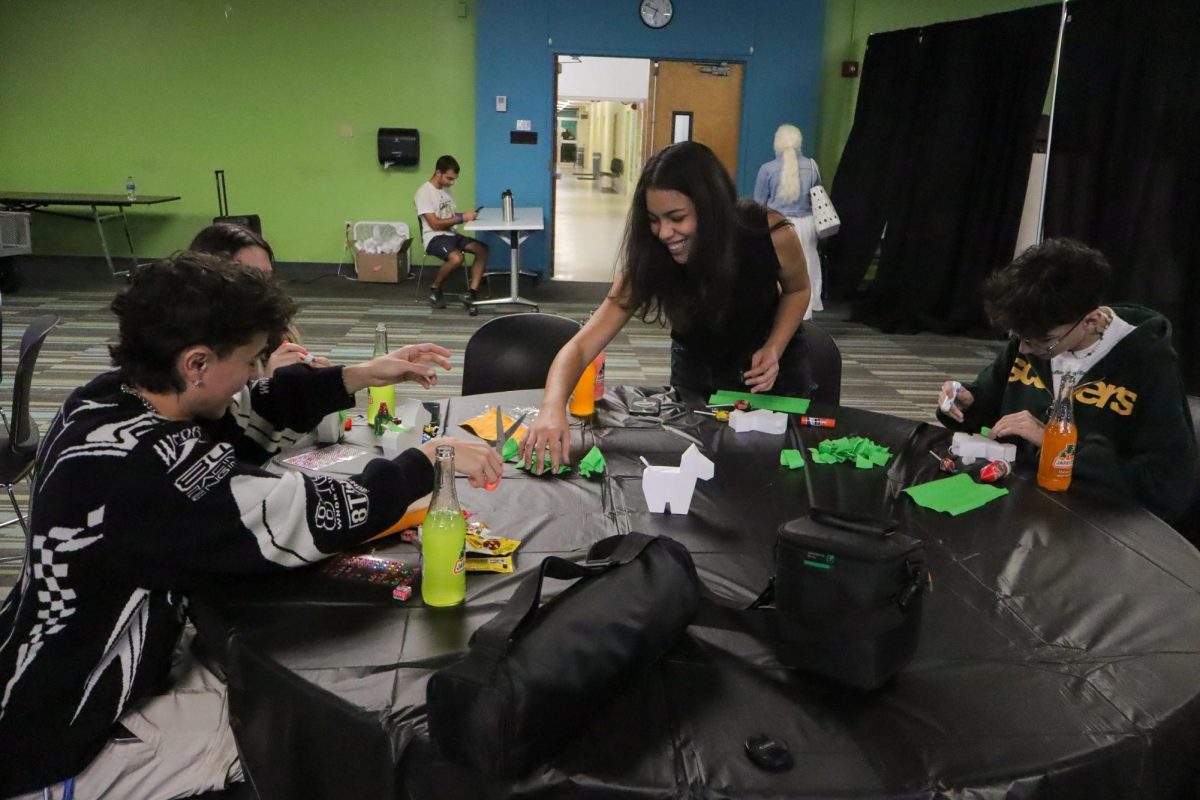The modern digital era has transformed higher education, bringing more information a single person can read in a lifetime, and has made it easier for students to gain higher education through online programs. However, accessibility issues often undercut this potential, creating invisible barriers for students with disabilities. This critical topic underpins the journey towards an inclusive learning environment. It is time to re-examine our teaching methods-There is a need for a proactive and inclusive approach in the design and delivery of online education.
Kimberly Coy from California State University, Fresno, speaks about the importance of Universal Design for Learning (UDL) as an approach to inclusivity. UDL is not only a set of strategies to make learning more inclusive; It is also a mindset for others to guide institutions to accommodate the vast range of learners in higher education. This principle, extending beyond online platforms, is crucial in addressing on-campus challenges, such as those faced by Loyola University Student Kaley Delker. Delker’s struggle with campus elevators highlights the need for consistent UDL applications in both digital and physical learning environments (especially ironic when visiting the Office for Accessible Education on the second floor of Monroe Library). Institutions can fuel the student body’s diverse talents and learning styles by offering several means of engaging students and representing the struggles of certain groups of students.
Veronica McGowan of Southwest Oklahoma State University points out that while resources and legislation aid students with disabilities, the implementation of accessible education is inconsistent between institutions and is not mandated as harshly as it should be to support students with disabilities. As experienced by Delker at Loyola University, her difficulties navigating an “able-bodied setup” campus reflect the broader issue of inconsistent application of accessibility policies in higher education. The gap between policy and practice creates urgency for higher education to, rather than meet the minimum standards, use what resources they can spare to improve education for students with these needs.
With the concurrent growth of COVID-19 and the shift towards online learning, the landscape of technology used in education has grown, but according to Danielle Hass and her team, emergency online learning has magnified the digital divide, especially for minority students. The study presented by Danielle Hass reveals that students, while many can adapt to the quickly changing online world, many others face challenges in social connectivity and technical literacy. This situation parallels the experiences of Loyola University Technology and Accessibility Coordinator Karissa Mooney, who notes that while online tools like screen readers aid students with disabilities, the broader digital divide still poses significant challenges. These points prove the importance of equipping all students, not just ones with disabilities, with the tools to thrive in an online learning environment.
Concrete strategies are essential to move toward a more accessible future in learning. Implementing text-to-speech technologies, providing alternative formats for auditory and visual content, and designing assessments that accommodate different learning styles are just a few steps that can significantly enhance accessibility in the classroom and online learning landscape. It’s about crafting an education experience that resonates with every student, acknowledging that accessibility is not a one-size-fits-all solution but a dynamic and ongoing pursuit. These strategies, grounded in the principles of UDL, can transform online education into a more inclusive and equitable space for students with disabilities.
As we navigate the future of education, we must commit to making online learning accessible to all. This commitment goes beyond mere compliance with legal mandates; it is about embracing a philosophy of education that values diversity, equity, and inclusivity. Our goal should be to cultivate a learning environment and celebrate diversity in learning. It calls for a collaborative effort among educators, administrators, policymakers, and students to create innovative and practical solutions. By integrating UDL principles, addressing the digital divide, and implementing practical strategies, we can ensure that our digital classrooms are not only accessible but also empowering for every student.


